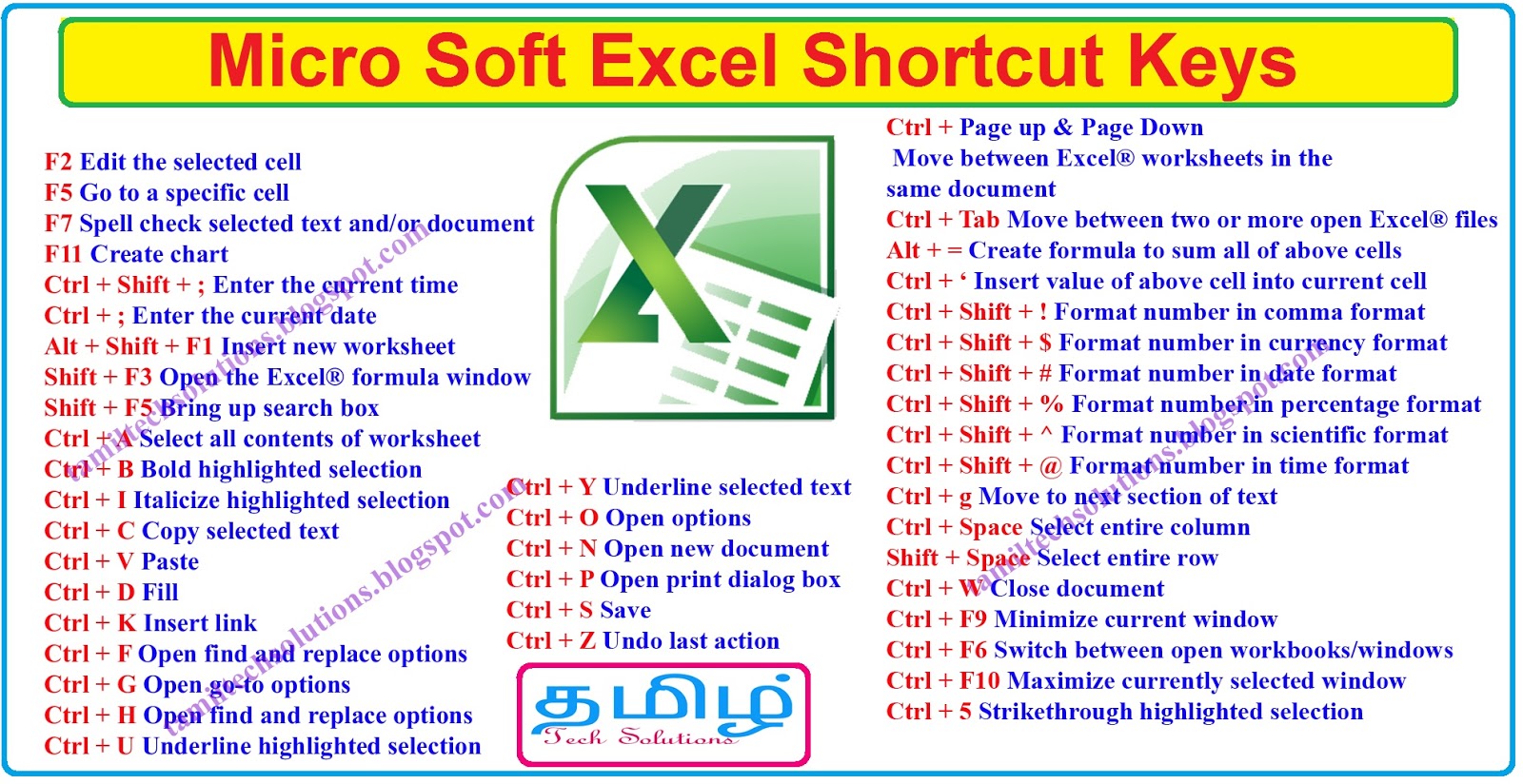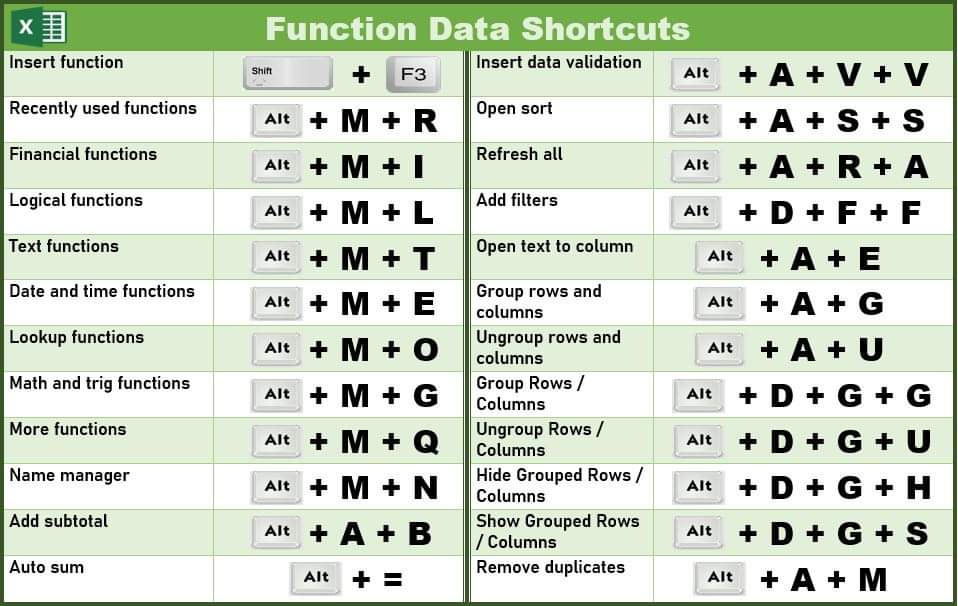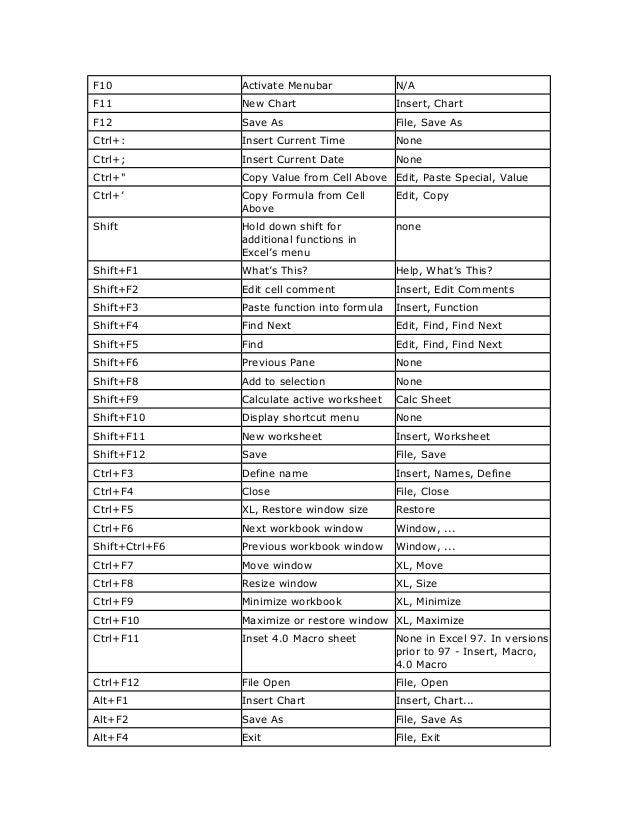
To refer to a cell, enter the column letter followed by the row number. These letters and numbers are called row and column headings. References to cells in other workbooks are called links or external references.īy default, Excel uses the A1 reference style, which refers to columns with letters (A through XFD, for a total of 16,384 columns) and refers to rows with numbers (1 through 1,048,576). You can also refer to cells on other sheets in the same workbook, and to other workbooks. You can use references to use data contained in different parts of a worksheet in one formula or use the value from one cell in several formulas. You can browse through the individual sections below to learn more about specific formula elements.Ī reference identifies a cell or a range of cells on a worksheet, and tells Excel where to look for the values or data you want to use in a formula. With real-world examples and helpful visuals, you’ll be able to Sum, Count, Average, and Vlookup like a pro. If you’re new to Excel, or even if you have some experience with it, you can walk through Excel’s most common formulas in this tour. We've put together a Get started with Formulas workbook that you can download. Select the range of cells, and then type a closing parenthesis).

For example, =SUM for getting the total sales. Type an equal sign = and then type a function. To see a formula, select a cell, and it will appear in the formula bar.Įnter a formula that contains a built-in function When a formula is entered into a cell, it also appears in the Formula bar. The result of the calculation appears in the cell with the formula. Select the next cell, or type its address in the selected cell. Select a cell or type its address in the selected cell.Įnter an operator. No.3 question mark ( ?)matches any single character an asterisk ( *)matches any sequence of characters. If you want to find an actual question mark or asterisk, type a tilde ( ~) before the character.Note: Formulas in Excel always begin with the equal sign. No.2 MATCH returns the position of the matched value within lookup_array, not the value itself.

1: MATCH finds the smallest value that is greater than or equalĭistinguish between uppercase and lowercase letters when matching text values.

The default value for this argument is 1.ġ or omitted: MATCH finds the largest value that is less than or equal to lookup_value.Ġ: MATCH finds the first value that is exactly equal to lookup_value.

Relative position of that item in the range. Searches for a specific item in a range of cells. To use the match function in Microsoft Excel.


 0 kommentar(er)
0 kommentar(er)
